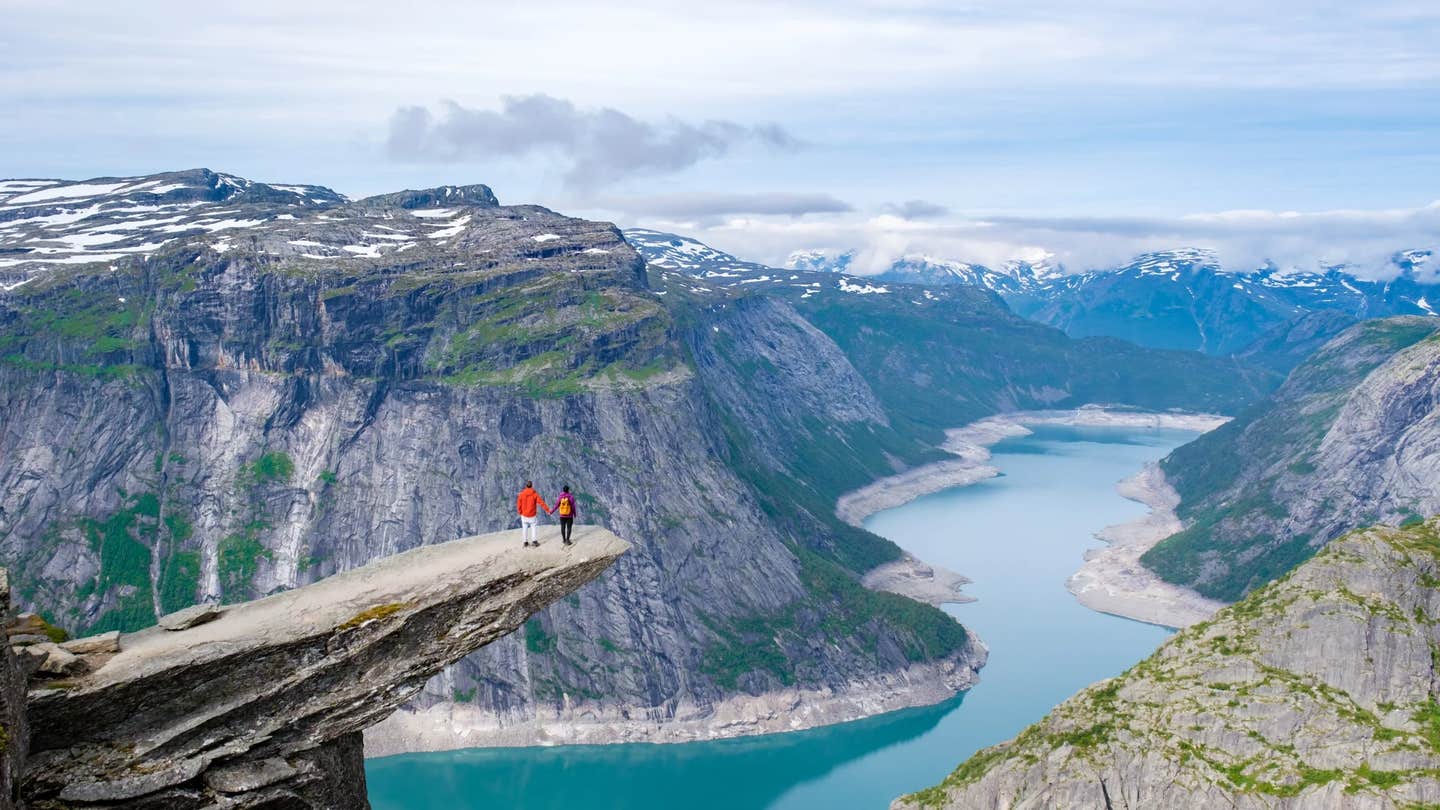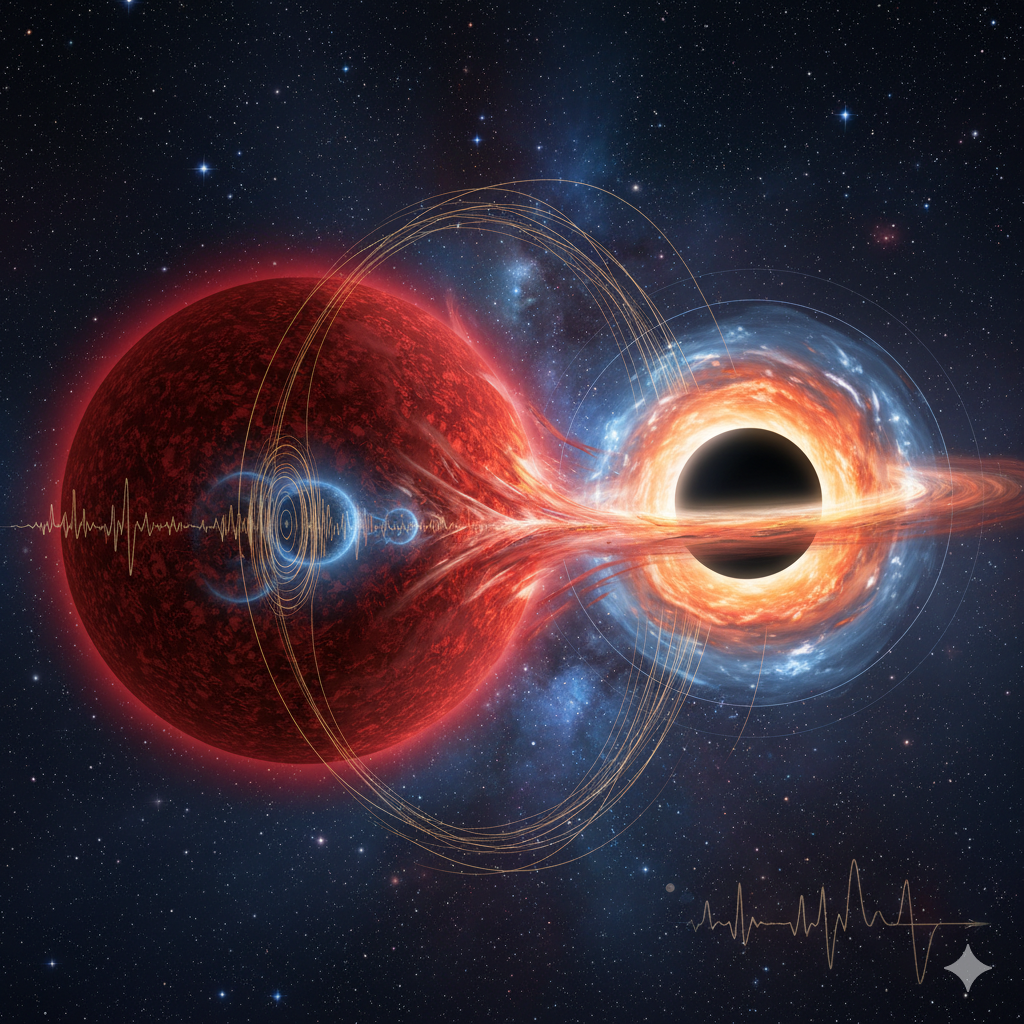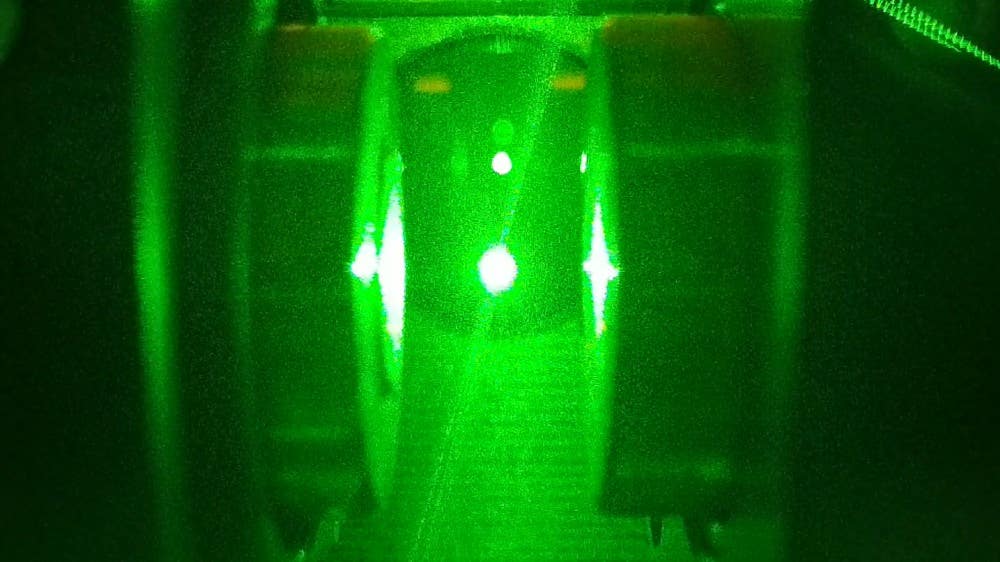What caused the Earth to shake every 90 seconds for 9 straight days in 2023? Mystery solved
A new Oxford study confirms that massive standing waves in a Greenland fjord caused strange seismic signals that shook the Earth in 2023.

New Oxford study confirms mega-tsunami-induced seiche in Greenland caused mysterious seismic signals detected worldwide. (CREDIT: CC BY-SA 4.0)
In September 2023, a global seismic mystery began to unfold. Every 90 seconds, the Earth pulsed with a strange, low-frequency vibration that lasted for nine days straight. Then, just when scientists thought it was over, the same signal returned a month later. For nearly a year, no one could say for sure what was causing the rhythmic shaking of the planet.
Now, new research out of the University of Oxford has cracked the code. In a groundbreaking study published in Nature Communications, scientists confirmed the source of the seismic anomaly: two massive landslides in East Greenland that triggered mega-tsunamis and set off a rare phenomenon known as a seiche—a standing wave trapped in a fjord.
A Seismic Puzzle
The seismic signals that appeared in September and October 2023 had a frequency of 10.88 millihertz, matching what scientists call very-long-period (VLP) waves. These waves usually result from massive shifts in the Earth’s surface. What made these particular signals strange was their duration and repetition.
Previous theories suggested a glacier-triggered landslide in Dickson Fjord had produced a tsunami. The water, trapped by the narrow fjord walls, began to slosh back and forth like a shaken bathtub. This back-and-forth motion, called a seiche, caused the ground to move slightly—enough to be picked up by seismic stations around the globe. But until now, no one had been able to observe the wave itself.
Even a Danish military ship that visited the area three days after the first event saw no signs of the seiche. And traditional satellite altimetry, which only measures ocean height along narrow paths beneath satellites, failed to pick up any clues.
A New Eye in the Sky
Everything changed with the launch of the Surface Water Ocean Topography (SWOT) satellite in December 2022. SWOT carries an advanced instrument called the Ka-band Radar Interferometer (KaRIn), which uses two antennas on a 10-meter boom to measure water height with incredible precision. This lets it create wide, detailed maps of water levels on oceans, lakes, and rivers—even in narrow places like fjords.
Related Stories
Using SWOT’s data, Oxford researchers built elevation maps of Dickson Fjord. These maps showed clear changes in water height moving across the channel. In some cases, the slope of the water tilted up to two meters from one side to the other, then flipped direction later on—a key signature of a seiche.
To make sure this wasn’t caused by tides or wind, the team recreated weather and ocean conditions. Their models ruled out any forces strong enough to cause the observed motion. Instead, the evidence lined up perfectly with what a seiche would do.
Earth-Shaking Waves
To fully confirm the cause of the seismic signal, the team matched the wave motion seen by SWOT to movements of the Earth’s crust measured by seismic stations thousands of kilometers away. One station in particular, located more than 1,300 kilometers from Greenland, picked up only Rayleigh waves—a type of seismic wave that rolls through the Earth like ocean swells.
By matching the timing and direction of ground motion with SWOT’s maps, the researchers were able to reconstruct the wave’s characteristics, even when the satellite wasn’t directly overhead. Using seismic models and a heterogeneous Earth structure, they calculated the wave's speed and source location with high precision.
Earlier studies had tried to model the seiche using simulations. One estimated the wave's height at 2.6 meters. Another, using a high-resolution computer model, predicted a wave between 7.4 and 8.8 meters tall. The Oxford team used real satellite data combined with seismic information to confirm that the wave's peak height was around 7.9 meters. Their analysis supports the higher estimate, confirming the seiche was massive and persistent.
Even more striking, the wave returned a second time. In October 2023, a second landslide in the same Greenland gully produced another mega-tsunami. Again, SWOT captured the wave in action, and seismic signals spread across the planet.
The New Frontier of Satellite Science
Until SWOT, measuring events like these in remote areas was nearly impossible. Traditional satellites missed too many details, and ground-based sensors are rare in places like the Arctic. The new satellite filled in the missing data.
Lead author Thomas Monahan, a PhD student in Oxford’s Department of Engineering Science, explained the importance of these findings: “Climate change is giving rise to new, unseen extremes. These extremes are changing the fastest in remote areas, such as the Arctic, where our ability to measure them using physical sensors is limited. This study shows how we can leverage the next generation of satellite earth observation technologies to study these processes.”
SWOT doesn’t just map sea level—it lets scientists see the movement of water in places that have never been visible before. According to Professor Thomas Adcock, a co-author of the study, “This study is an example of how the next generation of satellite data can resolve phenomena that have remained a mystery in the past. We will be able to get new insights into ocean extremes such as tsunamis, storm surges, and freak waves. However, to get the most out of these data we will need to innovate and use both machine learning and our knowledge of ocean physics to interpret our new results.”
Global Impacts and a Changing Climate
The study doesn't just solve a seismic mystery. It shows how climate change is already affecting the Earth in unpredictable ways. The warming Arctic has caused glaciers to become unstable, triggering rock and ice avalanches like those that hit Dickson Fjord. These events can create mega-tsunamis, which ripple through the water and into the crust beneath our feet.
Seiches, once thought to be rare and local, are now being seen as global phenomena when large enough. Their effects, while subtle, can be recorded around the world thanks to sensitive instruments and smart satellite systems.
By understanding these hidden forces, scientists are better prepared for future climate-driven disasters. And by using advanced tools like SWOT, they can now track changes even in places where no one is watching from the ground.
This discovery is not just about Greenland or even about seiches. It's a glimpse into a future where science uses powerful space-based technology to make the invisible visible, and to prepare humanity for the surprises that come with a rapidly warming world.
Note: The article above provided above by The Brighter Side of News.
Like these kind of feel good stories? Get The Brighter Side of News' newsletter.



